GDP growth after 2016 was on the downslide. In FY-2019-20, it was about 4%, almost same as prevalent before 1991. In 2020-21, the GDP might contract by 8-10%. In the current year 2021-22, India was expecting GDP growth by 10-12%.
Now, the growth estimate is reduced by 0.5-1.5% from the aforesaid estimate. In coming days, it might be further reduced. It means that; the Real GDP by March-2022 might be lower than March-2020; that India can’t afford. It will cause huge job loss and enlarge the miseries of marginalized class.
Currently, most of the States are facing fiscal constraints and their borrowing powers are restricted. Central Government debt has also increased from 70% to 94% of GDP. Despite these constraints, in current year, India needs additional spending up to 4% of GDP (About 20-25% of combined revenue) for the health and income support to marginalized class. Considering high inflation (WPI) of about 7%, any further increase in the tax shall be counterproductive. In such a catch-22 situation, it is a great challenge before India for managing the health and economic crisis simultaneously.
After October-2020, several nations are facing second wave. Based upon the experience of Spanish flue in 1918, the experts were also predicting that; the second wave shall be highly aggressive.
But India ignored all such warnings and whistles blowing and became complacent. Anyway, let us do away with criticism. It is high time to take immediate actions. Local elections must be deferred and the State elections be completed in one go. Physical rallies be banned and virtual rally may be facilitated for all parties. It will demonstrate seriousness of the governance and send appropriate message to public.
Health emergency or natural calamity, as deemed fit, may be announced. Non-merit expenses may be stopped and the funds for health may be arranged and allocated immediately. Instead of impulsive and piecemeal decisions, the experts should draw an emergency plan for the next three months (up to june-2021) and various task forces may be engaged for the implementation.
The feedback from states and their involvement in planning is also crucial. For initial 3 months, the priority should be the health crisis and the marginalized workers. After rolling out 3 months plan, the medium term plan for the next 12 months may also be prepared focussing on the economic crisis.
The monetary stimulus should be liberally used by way of guarantees for the existing MSMEs. Through a combo of reforms and incentives, the “investment and export led demand” must be boosted. Some financial innovation may be adopted attracting the inflow of global funds in to debt and equity market besides FDI and disinvestment.
For all such actions, the centre must take a lead and ensure full support to the States and all political parties. Media’s responsibility and support at this juncture would definitely give impetus in the right earnest.



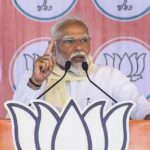
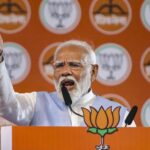


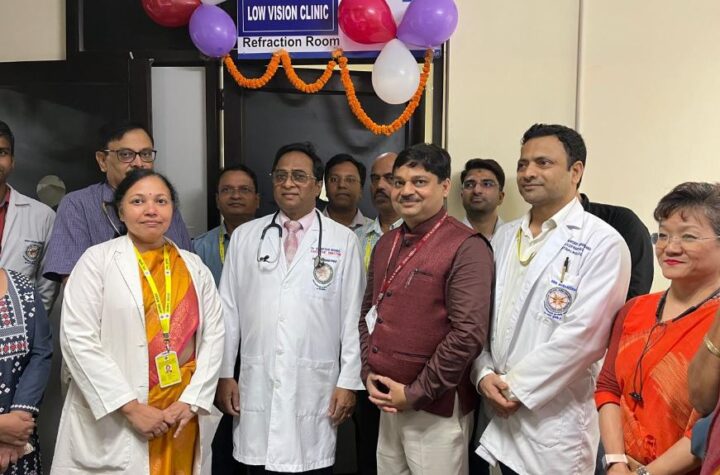

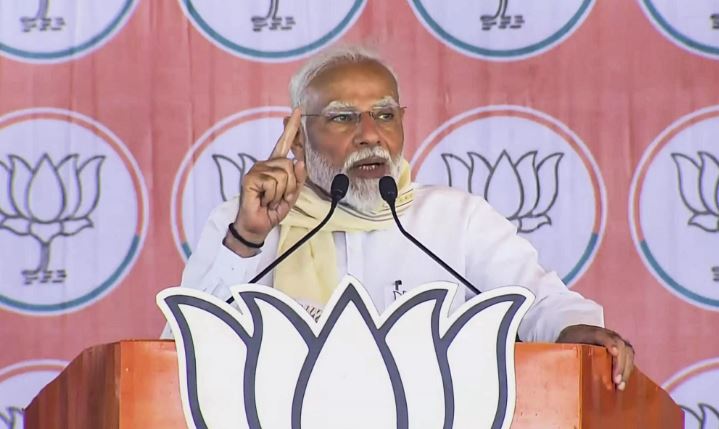
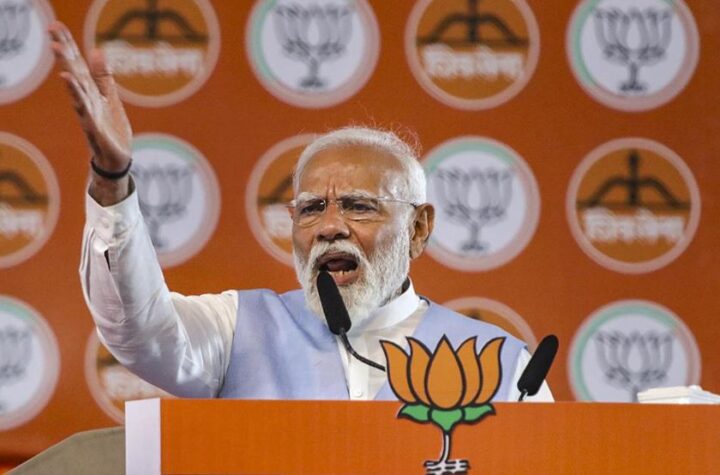
More Stories
Low vision clinic inaugurated at AIIMS Bhubaneswar
Urban education programme comes in handy for Odisha’s tribal, dalit kids
Now country ‘aatank’ struggling for ‘aata’: PM